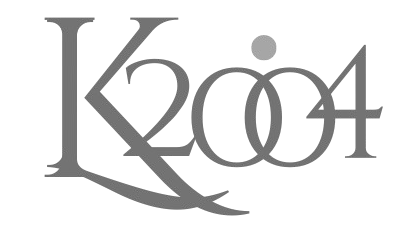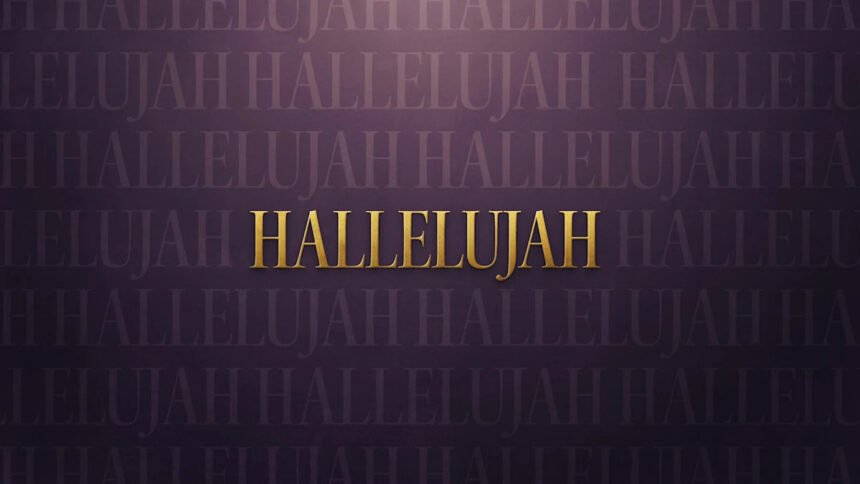Introduction
“Hallelujah” is a short, powerful word with a long life. You’ve probably heard it in church hymns, choral performances, movie soundtracks, or on the radio. Simple to say, it packs layered meanings — spiritual, musical, and cultural. This article explains what Hallelujah means, where it comes from, how it’s used across traditions and popular culture, and why it still moves people today.
What does “Hallelujah” mean?
At its core, hallelujah is an exclamation of praise. The word combines two Hebrew elements: hallel (praise) and Yah a short form of Yahweh, the name of God in Hebrew. Put together, hallelujah literally means “Praise Yahweh” or more broadly “Praise the Lord.” It expresses joy, gratitude, awe, or worship.
Origins and scriptural use
Hallelujah appears frequently in the Hebrew Bible (Old Testament), especially in the Book of Psalms. It’s used as a call to worship and as a concluding shout of praise. In Jewish liturgy, the term retains this liturgical purpose and is used in prayers and song. Early Christian worship borrowed the word from Jewish practice, and it appears in some New Testament passages in Greek translations.
Pronunciation and variants
The common English pronunciation is /ˌhæl.əˈluː.jə/ (hal-uh-LOO-yuh). Variants appear across languages and traditions (for example, “Alleluia” in Latin-based liturgies). While spelled slightly differently, hallelujah and alleluia share the same root and function a communal shout of praise.
Religious and liturgical uses
In many faith traditions, hallelujah is more than a word it’s an act. In Jewish services it can mark festive occasions and prayerful exaltation. In Christian liturgies, particularly during Easter and in hymns, hallelujah expresses the joy of salvation, resurrection, and divine blessing. Because of its strong religious association, the term often appears in sacred music such as oratorios, sung responses, and choral anthems.
Musical legacy — from Handel to Cohen
Musically, hallelujah has inspired countless compositions:
- Classical sacred music: Composers like George Frideric Handel used the word famously — the “Hallelujah” chorus from Handel’s Messiah (1741) is one of Western music’s most recognizable choral moments.
- Contemporary sacred and gospel: Churches and gospel choirs incorporate hallelujah in call-and-response patterns, improvisation, and climactic refrains.
- Popular music: Leonard Cohen’s song “Hallelujah” (1984) reimagined the word in a secular and spiritual blend. Cohen’s lyrics explore brokenness, longing, and a varied human search for meaning and many cover versions (Jeff Buckley, Rufus Wainwright, k.d. lang, and others) helped the song enter mainstream cultural life. Cohen’s song uses the word both literally and ironically, giving it a layered emotional resonance beyond liturgical praise.
Cultural impact and modern usage
Because hallelujah is short, emotive, and instantly recognizable, it’s found its way into everyday speech, film, television, and advertising. People commonly exclaim “Hallelujah!” in moments of relief, triumph, or gratitude (for example, when a problem is solved or good news arrives). In media, the word often signals an emotional peak a triumphant scene, a spiritual moment, or a poignant resolution.
Emotional and rhetorical power
Why does hallelujah feel so powerful? A few reasons:
- Simplicity: One word carries a complex emotional cargo, so it serves as an instant emotional shortcut.
- Sacred resonance: Its link to worship and the divine gives the word weight and reverence.
- Musicality: The cadence and vowel sounds make it singable and memorable, which helps it stick in collective memory.
- Flexibility: It can be used literally (in worship) or figuratively (in everyday speech), and artists can reinterpret it in fresh ways.
Common misconceptions
- Hallelujah is always religious: Not necessarily. While its origin is sacred, many people use it as a general expression of joy.
- Hallelujah and alleluia are different words: They are variants of the same root. The difference is mainly linguistic and liturgical tradition, not meaning.
- The word belongs only to one religion: It originates in Hebrew scripture but is used across Jewish, Christian, and even secular settings today.
Famous moments and examples
- Handel’s “Hallelujah” chorus — often performed at Christmas and Easter concerts.
- Leonard Cohen’s “Hallelujah” — transformed into a modern classic by numerous covers and film/TV placements (e.g., movie soundtracks, talent shows).
- Gospel choir performances — communal, improvised, and emotionally powerful uses in worship settings.
- Common exclamation in everyday speech: “Hallelujah, the test is over!” — a dramatic, celebratory relief.
How to use “Hallelujah” thoughtfully
If you’re using the word:
- Consider context: In sacred settings it carries worshipful meaning; in casual speech it’s a strong exclamation.
- Be mindful of audience: Some people treat religious words with reverence; others use them casually. When in doubt, lean into respect.
- Use sparingly for impact: The word’s emotional charge makes it more powerful when not overused.
Conclusion
Hallelujah is a small word with big reach. From ancient psalms to modern pop songs, it moves between worship and everyday life, sacred and secular, sound and meaning. Whether you hear it in a choir, read it in scripture, or shout it after good news, hallelujah continues to be a quick and powerful way to express praise, relief, and deep human feeling.
Quick FAQ
Q: Is “Hallelujah” a prayer?
A: It’s an expression of praise often used within prayers, hymns, and liturgy, but it can also be an exclamation outside formal prayer.
Q: Is “Hallelujah” religiously specific?
A: It originates in Hebrew scripture but is used in both Jewish and Christian traditions and in secular contexts too.
Q: What’s the difference between “hallelujah” and “alleluia”?
A: They’re variants from different language traditions (Hebrew → Greek/Latin → English) with the same basic meaning: praise the Lord.







